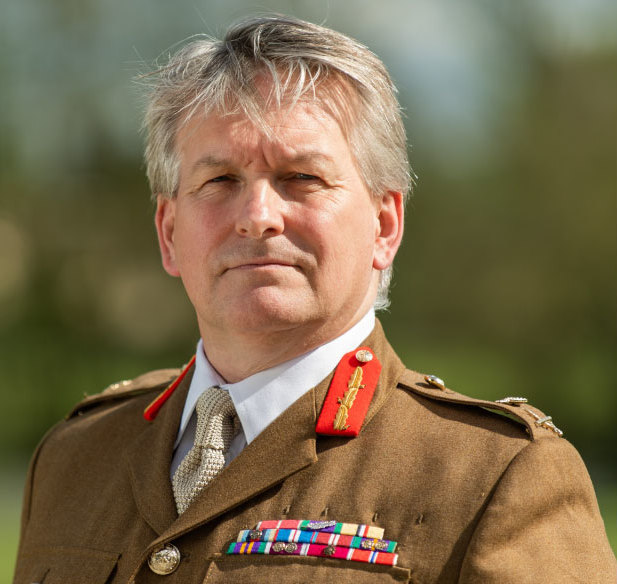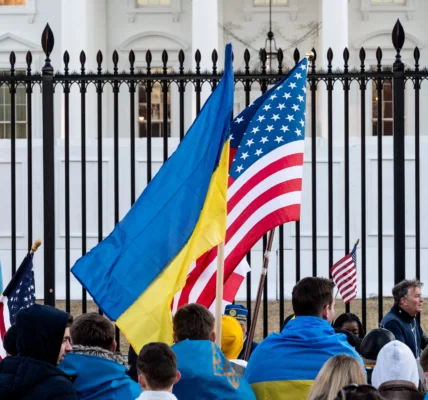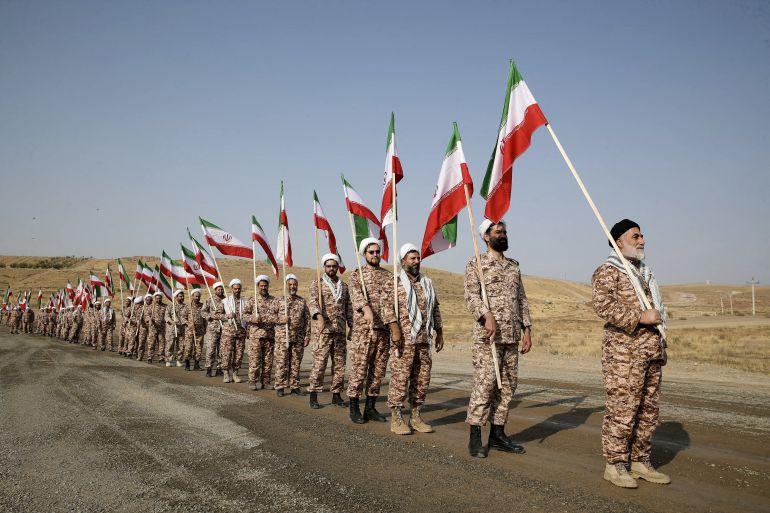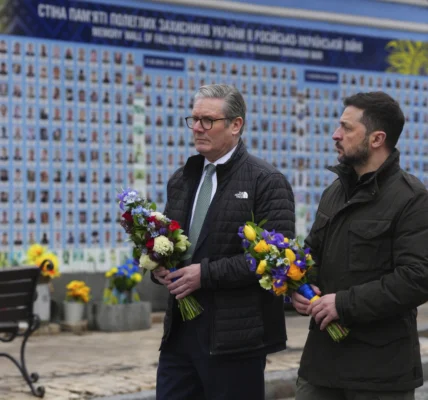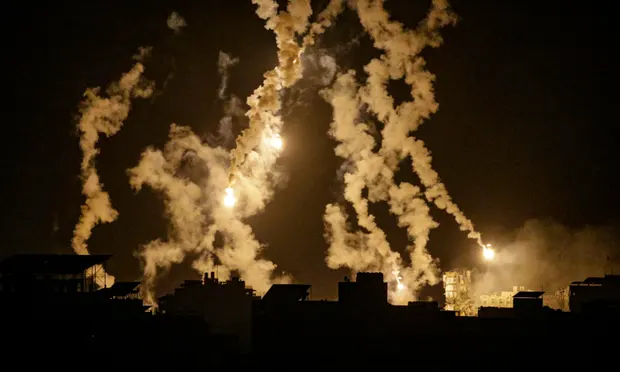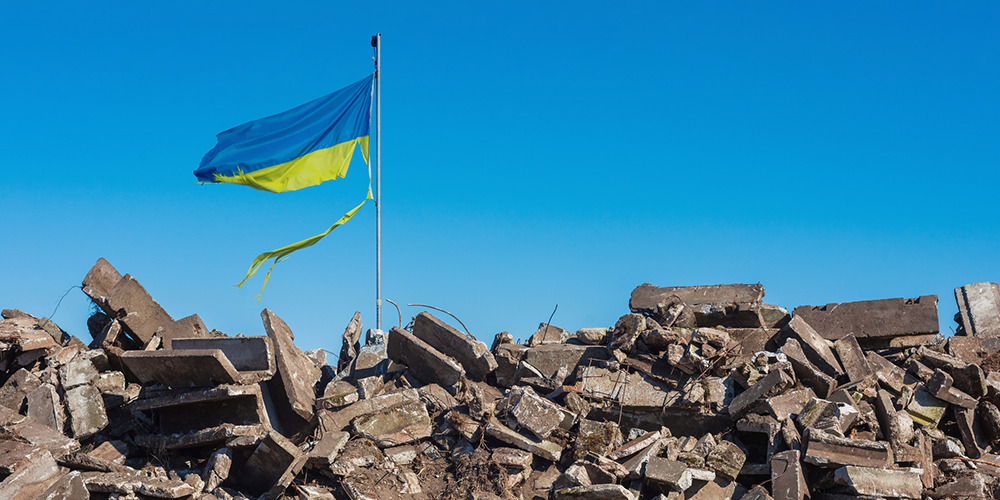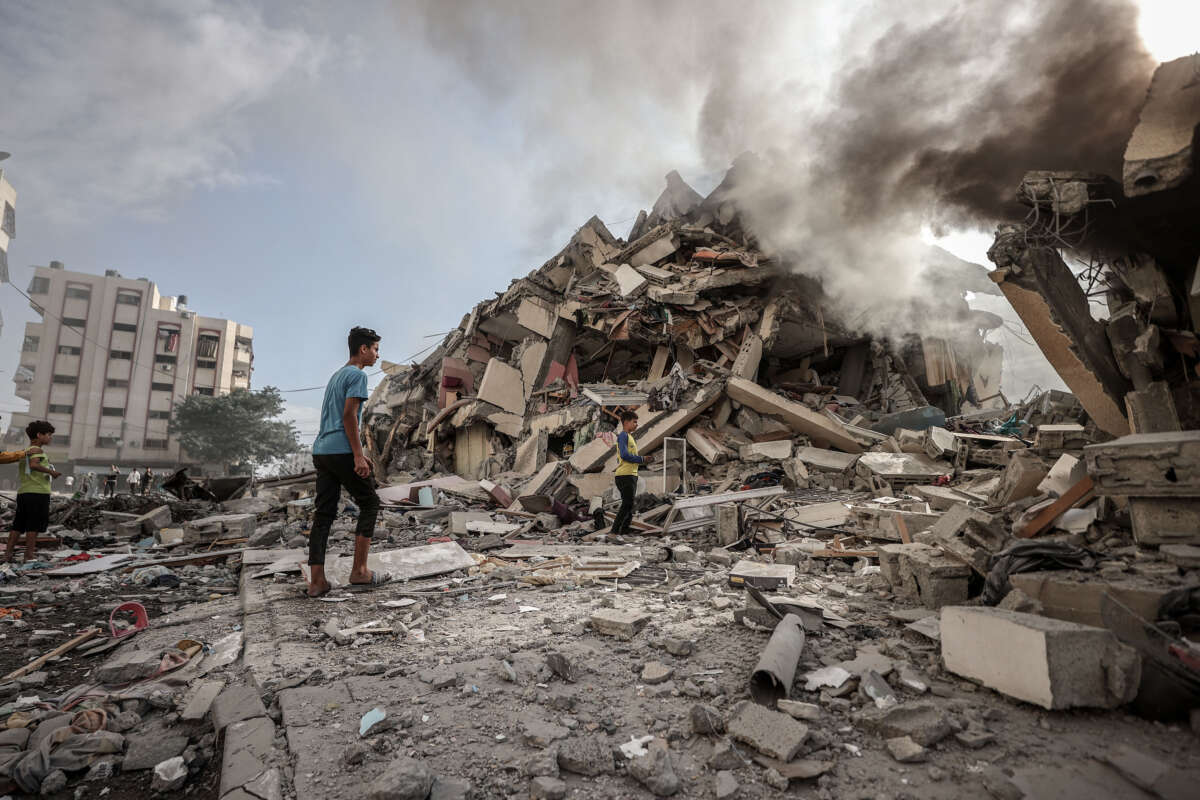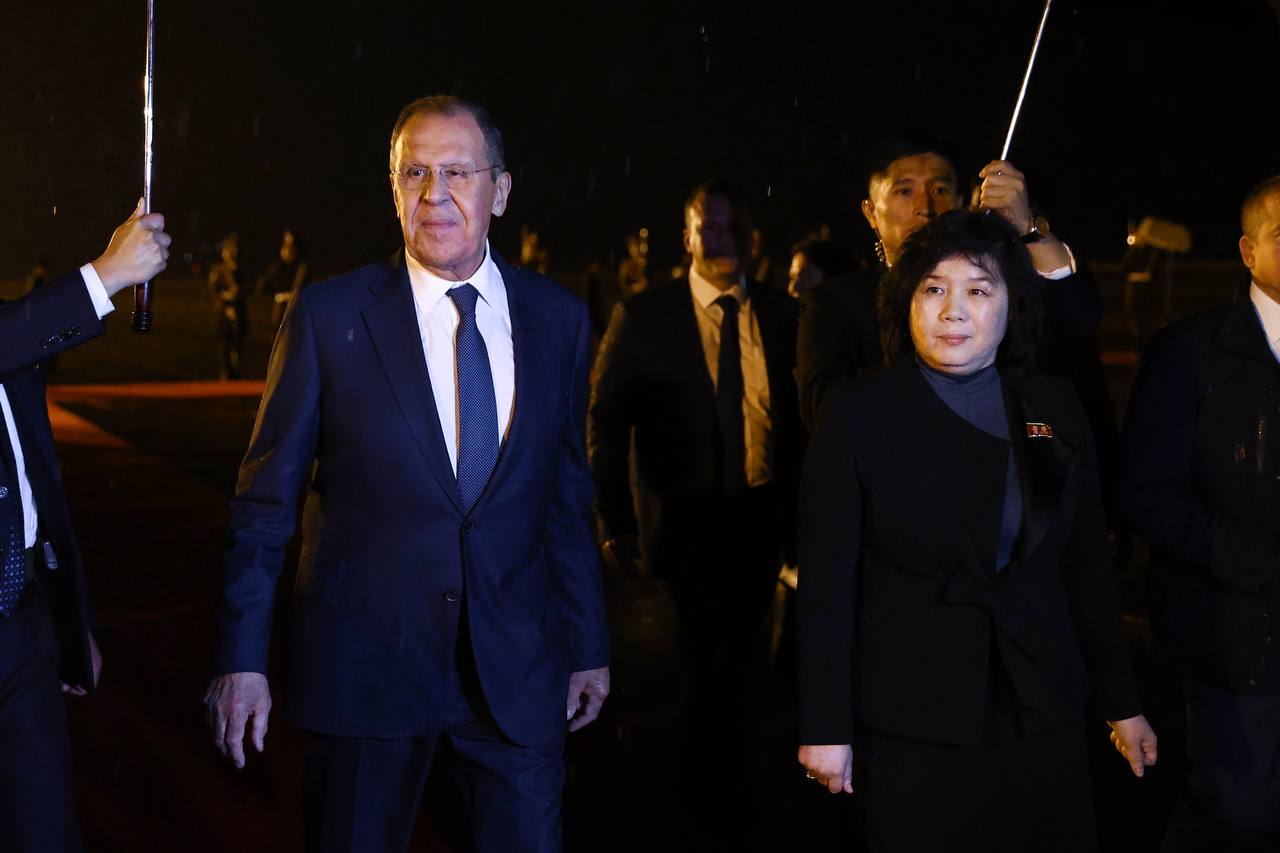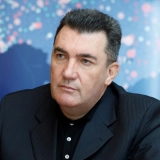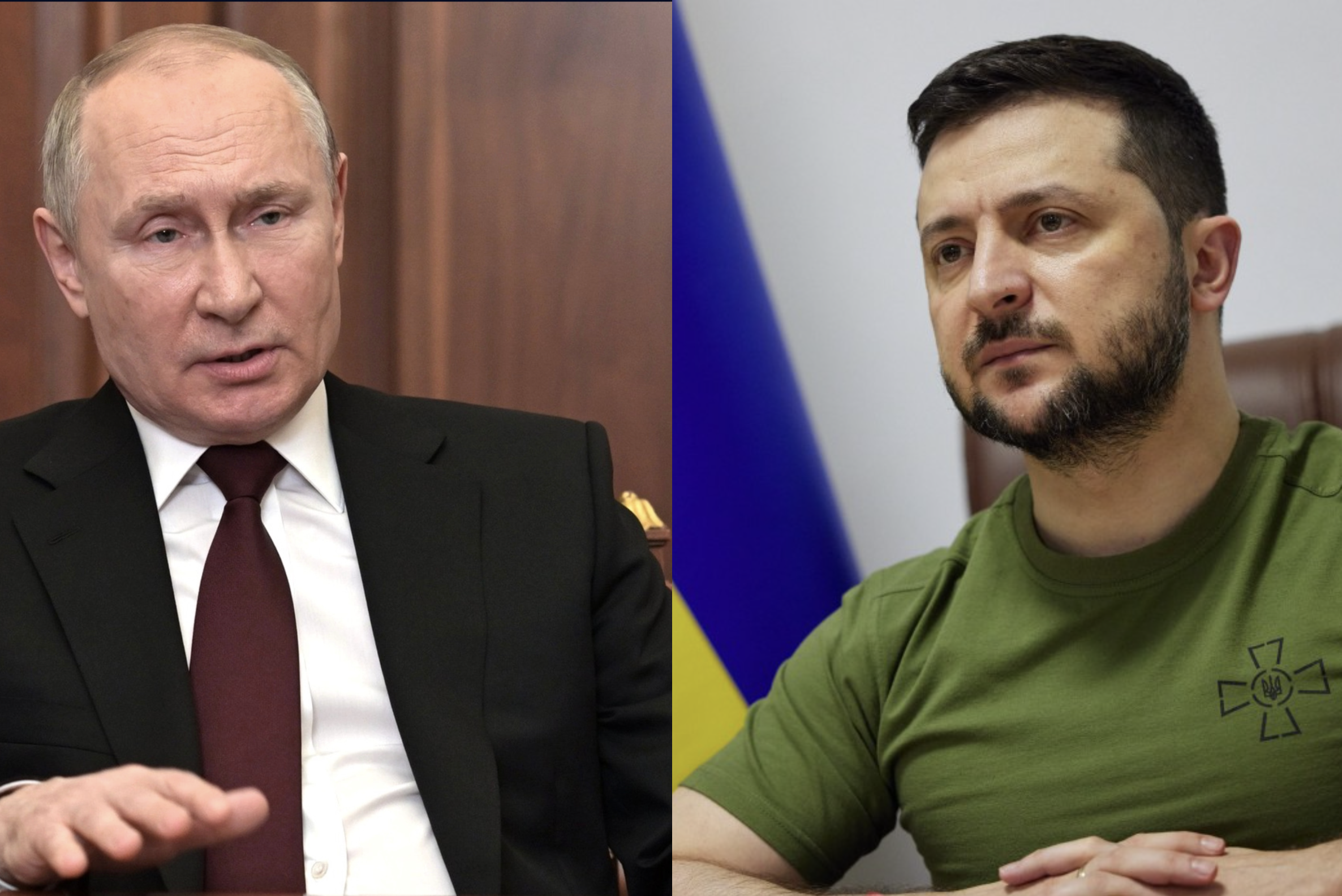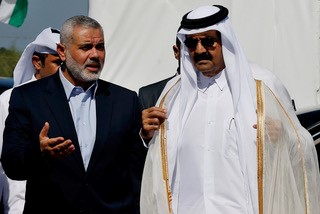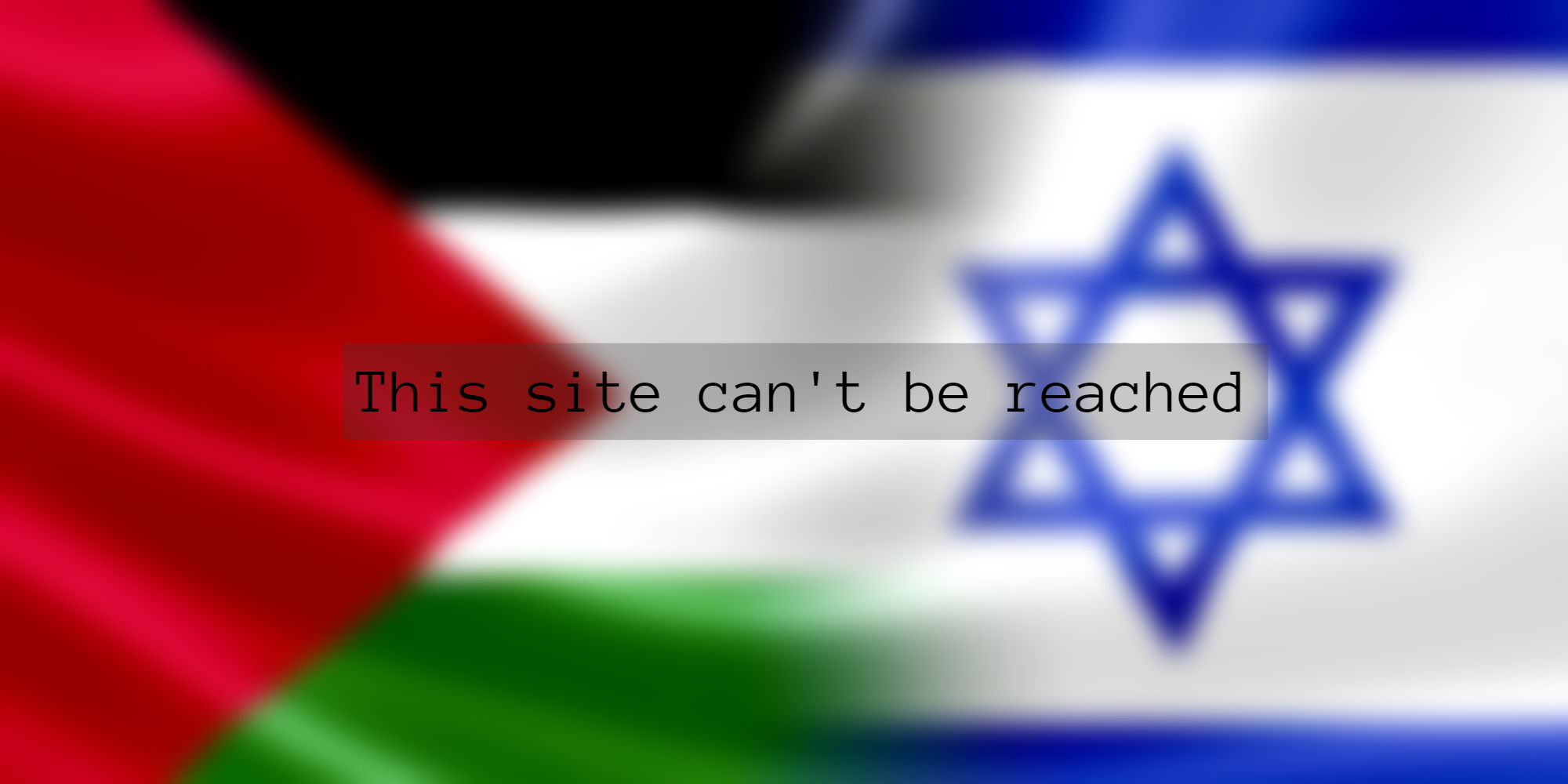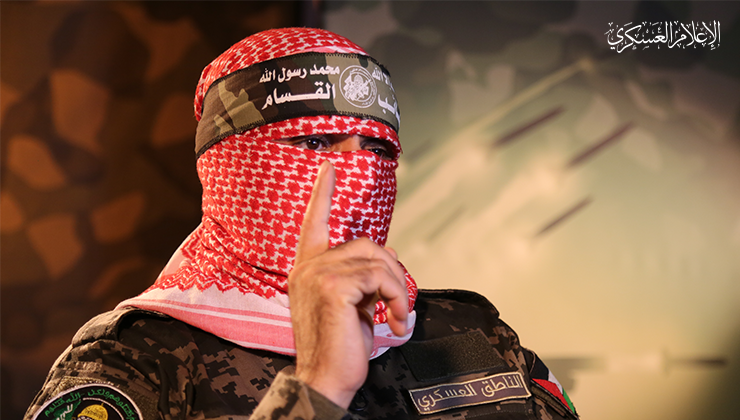Russia sending rookie troops to Ukraine after two weeks training – as MOD reveals huge troop, aircraft and artillery losses for Putin
President Vladimir Putin has lost a fighting force in Ukraine virtually equivalent in size to the British Army, according to the Ministry of Defence.
More Russian combat jets destroyed than exist in the entire Royal Air Force may have also been destroyed.
Details of Russian losses have been revealed in a parliamentary answer tabled by a Labour MP.
In the statement the MoD said that Russia had lost at least 25,000 troops killed in action but described the figure as a “rough estimate” and defence sources have told National Security News that the figures could be “much, much higher and closer to 50,000 to 60,000”.
The MoD also revealed that “tens of thousands” of Russians had been wounded in action and “tens of thousands” had deserted.
By comparison the entire British Army currently has around 78,000 trained personnel.
The loss of tanks, aircraft and artillery pieces also make disturbing reading for President Putin. The same MoD statement also revealed that an astonishing 4,000 tanks and armoured vehicles had been destroyed in the eight month conflict, along with 500 artillery pieces.
Again, by contrast, the British Army has around 250 Challenger two tanks and 3,985 pieces of combat equipment consisting of 979 armoured personnel carriers, 1,814 protected mobility vehicles and 1,192 armoured fighting vehicles.
The MoD also believes that the Russian air force has lost a minimum of 50 fixed wing aircraft about a tenth of the size RAF. However, other estimates suggest that the number of Russian aircraft lost is around 258 of which 184 have been destroyed, 72 damaged and two captured.
The full MoD statement read: “Ukraine’s Armed Forces have inflicted heavy losses on Russian forces. Russian casualties continue to climb, with a rough estimate of 25,000 Russian dead, tens of thousands have been injured and tens of thousands more have already deserted. Poor logistics means that its troops are often without food and supplies, and morale continues to be generally awful.
“Russia’s war machine is severely depleted, with more than 4000 armoured and protected vehicles destroyed, more than 500 artillery pieces decimated, including rocket systems and other capabilities, and over 50 fixed-wing aircraft, as well as numerous helicopters, unmanned aerial vehicles rendered inoperable.
“Ukraine’s military have also captured many hundreds of Russian vehicles to use against the flagging Russian military.”
A source added: “Russian losses in Ukraine have been nothing short of catastrophic. When you combine these extraordinary losses with very low morale at every level in the Russian armed forces the outlook is not very bright for Putin. Russia does not have the capacity to replenish such huge losses.”
In another answer to a separate parliamentary question, the MoD also revealed that it had trained thousands of Ukrainian soldiers in how to survive after chemical, biological, radiological and nuclear (CBRN) attack. In the same statement, the department also said that it was providing the Ukrainian armed forces with expert military advice and equipment associated with a CBRN attack.
Western officials also believe Putin is resorting to kamikaze drone attacks in Ukraine because Russia is running out of long-range missiles.
A source said: “Although Russian stocks are large, they are not by any means infinite. The ability for the Russians to continue with this saturating barrage of precision weapons is getting to a point now where this will be unsustainable.”
The official refused to reveal how many missiles Russia has left, but said it is “looking to supplement their existing stocks with weapon systems that have, to some degree, a like effect”.
“They will do damage, but it’s not comparable to cruise missiles,” they said, adding that the “payload” is far smaller and the drones are less accurate.
They noted that Moscow had obtained “hundreds” of the kamikaze drones from Iran, and that they are being used in mass attacks to increase the chance of hitting targets. The drones are low-flying, which makes them susceptible to small arms fire.
British and US intelligence believe the Iranian Revolutionary Guard is on the ground in Crimea, supporting Russian drone attacks on Ukraine.
America’s National Security Council spokesman John Kirby said Iran had sent personnel to assist Putin’s troops in launching Iranian-made drones on Ukraine’s power stations and other key infrastructure.
This support includes members of a branch of the Iranian Revolutionary Guard Corps – one of the most powerful paramilitary organisations in the Middle East.
The Intelligence finding comes as US President Joe Biden seeks to mount international pressure on Tehran to pull back from helping Russia.
Moscow has increasingly turned to the Iranian-supplied drones, as well as its own Kalibr and Iskander cruise missiles, to carry out a barrage of attacks against Ukrainian infrastructure and non-military targets.
The FBI director said: “The information we have is that the Iranians have put trainers and tech support in Crimea, but it’s the Russians who are doing the piloting.”
He added the Biden administration was looking at imposing new sanctions on Tehran and would look for ways to make it harder for Iran to sell such weapons to Russia.
Crimea is a part of Ukraine unilaterally annexed by Russia in contravention of international law in 2014.
Western officials have also revealed that recently mobilised Russian civilians are being sent to fight in Ukraine often with just two weeks training and hundreds have already been killed or wounded.
Sources have also revealed that so many young Russian officers have been killed fighting in Ukraine that there are not enough to properly coordinate the training of newly mobilised recruits.
Families, colleagues and friends of recruits killed fighting in Ukraine within weeks of being mobilised have spoken of their despair.
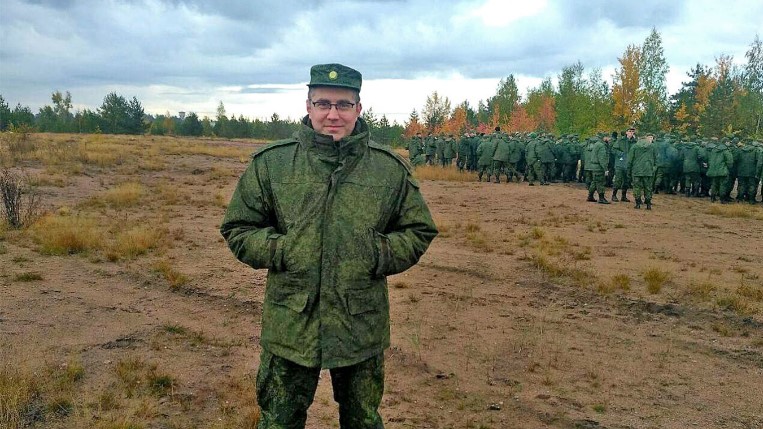
Andrei Nikiforov, a lawyer from St Petersburg, received his call up papers on 25 September but by 7 October, just two weeks later, he was dead.
“We don’t know what happened,” said Alexander Zelensky, the head of the Nevsky Collegium of Lawyers, of which Nikiforov was a member. “All we have is a date and a place, ” he added.
Nikiforov was a military veteran, who had served in Chechnya, and friends have said that he expected to be called up.
Zelensky added: “He didn’t hesitate. He didn’t try to get out of his service. He gathered his things together and went. He acted bravely.”
Even Kremlin loyalists have expressed concern about the lack of training provided to mobilized men, some of whom appear to not have had any prior military experience.
The deputy editor-in-chief of Russia’s state-run RT Natalya Loseva confirmed Thursday the death of Alexei Martynov, 28, the former head of a Moscow city government department who was mobilized shortly after Putin’s announcement and died 17 days later.
“He had zero combat experience. He was sent to the frontlines just several days after he was drafted,” Loseva wrote on Telegram.
“Military officials, this is not the time to lie.”

Meanwhile, Russian draft officers are becoming far more aggressive. In one case, an IT worker complained that his exemption from the draft was ignored and that he wasn’t even allowed to say goodbye to his wife and four-month-old daughter before being sent for basic training.
Russia’s mobilisation drive has been plagued by reports of neglect, unexplained deaths and suicides. Two weeks ago the body of a Russian military draft officer was found hanging on a fence in the far-east town of Partizansk.
Some of the deaths at Russia’s mobilisation centres have also indicated severe issues with morale. During training, one man at a military base near St Petersburg fatally shot himself. Another in Siberia reportedly cut his own throat in a mess hall.
The pro-government Telegram channel Mash reported on Friday that the internet censors were now investigating the pro-war bloggers and reporters who have criticised Russia’s shambolic mobilisation. The channel claimed the cases were provoked by the defence ministry.

